Dr. Esther Larocco moved to the United States from Cuba when she was 11 years old. Her journey to becoming fluent in English while maintaining her native Spanish sparked Esther’s passion for bilingual education. Over the course of her career, Esther worked as a bilingual elementary school teacher, earned master’s and doctoral degrees in bilingual education, helped initiate bilingual education programs at multiple levels of education, and taught future bilingual teachers at California State University, Chico. She and her husband also raised their four children in a Spanish- and English-speaking home.
Esther shared her passion for bilingualism and discussed the benefits of bilingual education for children with North State Parent magazine (NSP).
NSP
What is bilingual education? How does it work?
Esther
One premise of bilingual education is that children can learn the grade-level material in their native language while they acquire English, rather than falling behind as they wait two or three years to speak enough English to start learning other subjects. Bilingual teachers learn strategies for making content comprehensible for children who do not speak English. These hands-on strategies—which also benefit native English speakers—involve more student engagement and require students to negotiate meaning with each other, to use language as a tool for a purpose, which is how we learn language in the first place. When children learn their first language, they are not taught rules. Instead, they have a desire to communicate, so they begin repeating words, and recognizing certain sounds produce certain results. In a sense, bilingual education mimics this natural language acquisition process.
NSP
Do children in bilingual education lose their native languages?
Esther
No, because having multiple languages is a resource, not an impediment. Bilingual education can help children gain English while maintaining their native languages in order to preserve culture and important family ties with relatives who only speak their native language.
NSP
How does bilingual education benefit native English speakers?
Esther
Research has shown that those who speak multiple languages see multiple perspectives, can find different ways of doing things, and are more accepting of differences. Since we live in an increasingly multicultural world, it is important for individuals to learn to communicate with and value people of different backgrounds. Learning a second language makes it easier to learn additional languages, which can improve a person’s job prospects.
NSP
How does learning two languages affect language development?
Esther
The brain has one language center, so as children learn a new language, they are essentially learning synonyms to words they already know. At the same time, children continue to learn about the world around them through observation, trial and error, and interactions with their surroundings. These experiences enhance their cognitive understanding, which increases their ability to advance in both languages.
NSP
What is the most effective kind of bilingual education?
Esther
Two-way immersion, also called dual immersion, allows native English speakers to learn another language while also teaching English to non-native speakers. In the 90-10 dual immersion model, teachers initially conduct 90% of instruction in the target language, like Spanish, and 10% of instruction in English. The English portion increases 10% each year until they reach 50-50. Since children in the North State receive mainly English literacy input—English signs, television, etc.—the 90-10 model is most effective for strengthening the non-dominant language so the students have a better chance of retaining it.
NSP
Where can parents in the North State find dual immersion programs?
Esther
Legislation in the 1990s restricted bilingual education programs, but legislation passed in 2016 has reopened the door to bilingual education, creating a high demand for these programs. In Butte County, Rosedale Elementary School has an established dual-language program. Hamilton Elementary School in Glenn County is in its first year, and Mill Street Elementary (Orland) is in its second year. Sycamore Elementary has recently started a dual immersion program in Shasta County, as has Tree of Life International Charter School in Anderson. In Tehama County, Sacred Heart Parish School is offering a dual language immersion program for the 2018-2019 school year. Williams Elementary (Colusa County) also started a program this September.
To learn more about bilingual education, visit the resource page of the California Association of Bilingual Education website.
Posted in: Education
Comment Policy: All viewpoints are welcome, but comments should remain relevant. Personal attacks, profanity, and aggressive behavior are not allowed. No spam, advertising, or promoting of products/services. Please, only use your real name and limit the amount of links submitted in your comment.
Comments
Leave a Reply
You Might Also Like...
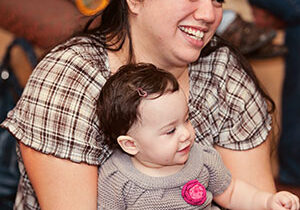
Bippittee, Boppittee Boo, Storytime is for Babies, Too.
On a recent Monday at the Redding Library, a group of parents sit together with their babies on their laps and bounce them to “The Wheels on the Bus.” “Up […]

The Committed Athlete, On And Off The Field
Over the past two years, Pleasant Valley High School and Chico High School have implemented an initiative called Athlete Committed, helping to educate over 4,000 parents and student athletes on […]
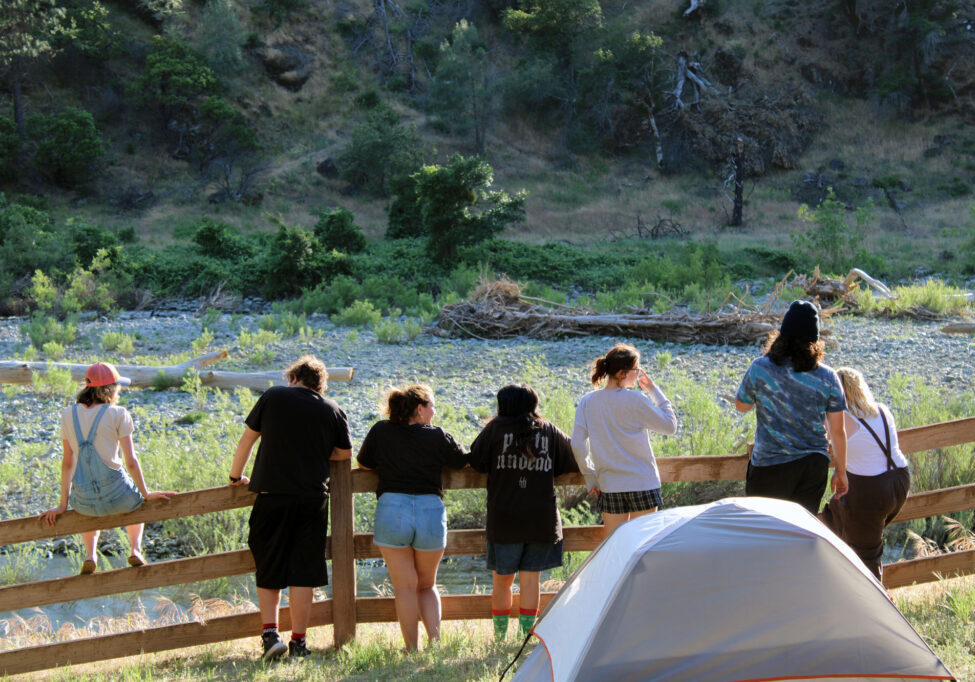
Pitching Tents Far From Technology with Anderson New Technology High School
The name of Anderson New Technology High School (ANTHS) could lead you to imagine rooms filled with computers and kids fully immersed in alternative realities. ANTHS students do study core […]
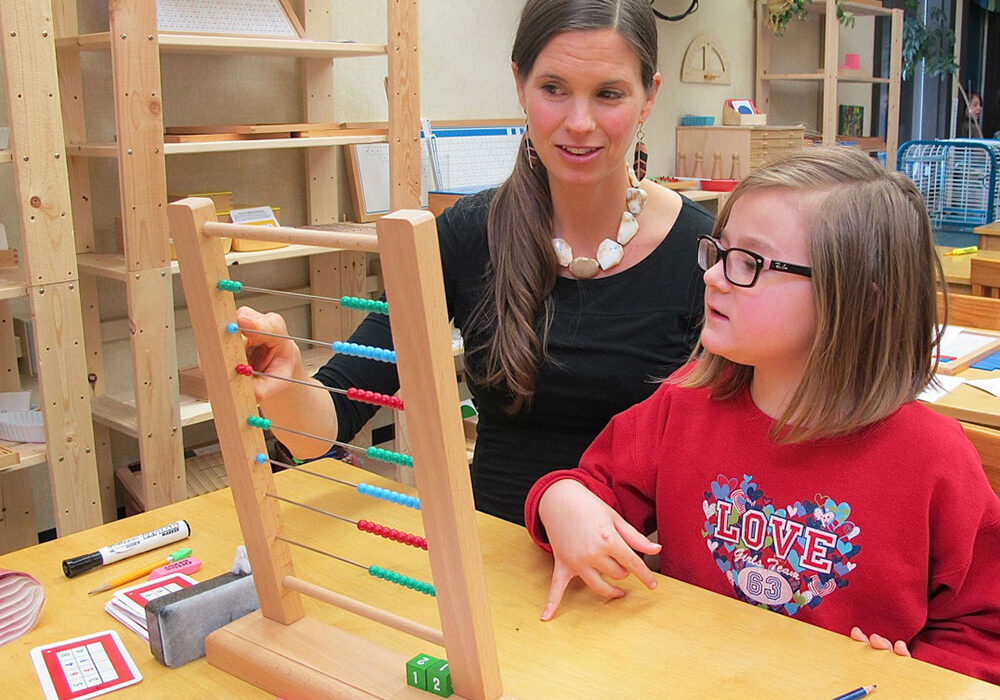
Experiential Learning: The Montessori Method in the North State
Dr. Maria Montessori was an Italian scientist, physician and educator in the early 1900’s. Her philosophy considers children as individuals with unique gifts to be unfolded rather than as blank […]


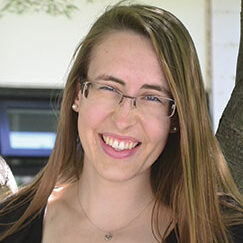
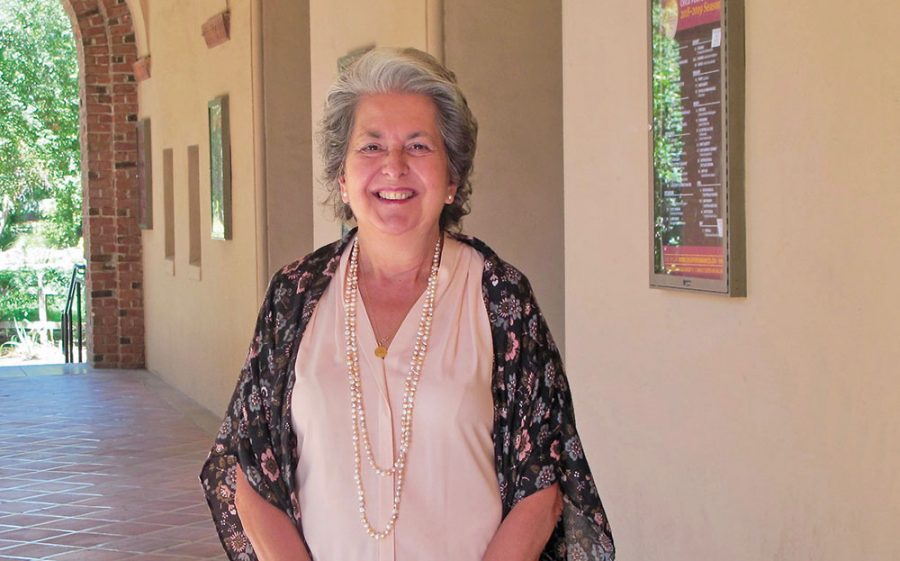
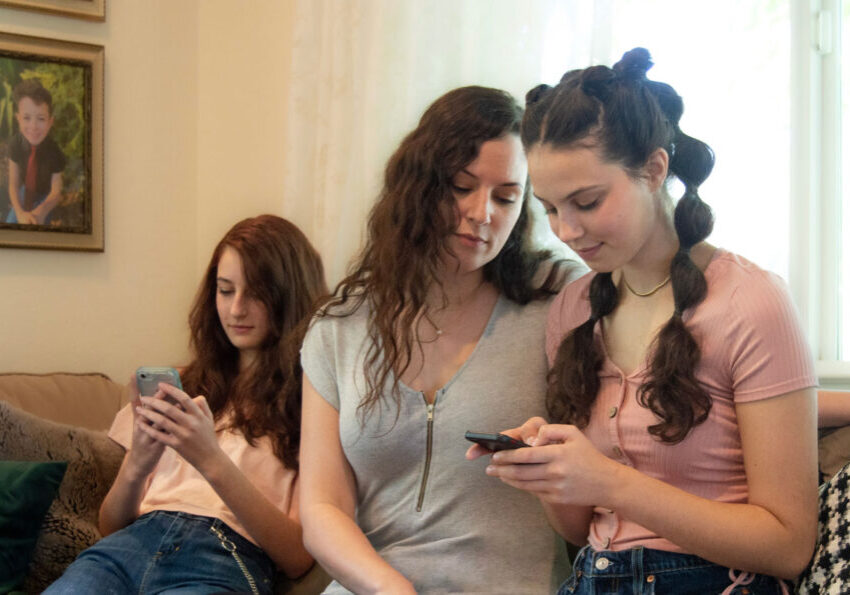

Miguel Delgado says
Proud of your accomplishments, my sister!